Description
Sodium Lauryl Sulfate: A Deep Dive into This Common Cleansing Agent
Sodium Lauryl Sulfate (SLS), also known as sodium dodecyl sulfate (SDS), is a ubiquitous ingredient found in a vast array of personal care and cleaning products. From toothpaste to shampoos, laundry detergents to hand soaps, its presence is hard to escape. But what exactly is SLS, what does it do, and are the concerns surrounding its use warranted?
What is SLS and What Does it Do?
SLS is a synthetic anionic surfactant. This scientific jargon essentially means it’s a molecule that helps water mix with oil and dirt. It works by reducing the surface tension of water, allowing it to spread more easily and penetrate grease and grime. This process allows SLS to encapsulate dirt and oil, lifting it away from surfaces so it can be rinsed away.
Its effectiveness as a cleansing agent, coupled with its affordability, makes it a popular choice for manufacturers. SLS creates a rich, foamy lather that many consumers associate with cleanliness, further solidifying its popularity.
Uses of Sodium Lauryl Sulfate:
As mentioned, SLS is found extensively across a wide range of products, including:
- Personal Care: Shampoos, body washes, hand soaps, toothpaste, facial cleansers, bubble baths.
- Household Cleaning: Laundry detergents, dish soaps, all-purpose cleaners, carpet cleaners.
- Industrial Applications: Degreasers, foam stabilizers in fire extinguishers.
Concerns Surrounding SLS:
SLS has been the subject of debate and controversy for years, with concerns primarily focusing on its potential for skin irritation. Here’s a breakdown of the main points:
- Skin Irritation: SLS is a known irritant, particularly for sensitive skin. It can disrupt the skin’s natural lipid barrier, leading to dryness, redness, itching, and even allergic reactions in some individuals. Higher concentrations and prolonged exposure increase the likelihood of irritation.
- Eye Irritation: Contact with eyes can cause stinging and irritation.
- Potential for Comedogenicity: While less of a concern than with some other ingredients, SLS can potentially clog pores, especially in individuals prone to acne.
- Controversy Regarding Carcinogenicity: There has been misinformation circulating about SLS being linked to cancer. However, reputable scientific studies have not found any evidence to support these claims. Organizations like the American Cancer Society and the FDA have deemed SLS safe for its intended uses.
Managing Potential Risks and Choosing Alternatives:
While SLS is generally considered safe for most people, those with sensitive skin or pre-existing skin conditions like eczema should exercise caution. Here are some strategies for managing potential risks:
- Read Labels Carefully: Look for products labeled “SLS-free” or “sulfate-free.”
- Opt for Milder Surfactants: Consider products containing alternative surfactants like Sodium Coco Sulfate (SCS), Sodium Cocoyl Isethionate, or Coco Betaine, which are generally considered gentler on the skin.
- Use Products Sparingly: Don’t overdo it. Use the minimum amount necessary to cleanse effectively.
- Rinse Thoroughly: Ensure all traces of SLS are rinsed away after use.
- Moisturize After Use: Replenish the skin’s moisture barrier with a good moisturizer after cleansing.
- Consider a Patch Test: Before using a new product containing SLS, perform a patch test on a small area of skin to check for any adverse reactions.
The Bottom Line:
Sodium Lauryl Sulfate is a widely used and effective cleansing agent that has come under scrutiny due to its potential for skin irritation. While it’s generally considered safe for most people when used as intended, individuals with sensitive skin may want to consider products containing alternative, milder surfactants. By staying informed and making conscious choices about the products we use, we can minimize potential risks and maintain healthy skin.
Ultimately, the decision to use or avoid SLS-containing products is a personal one, based on individual skin sensitivity and preferences.


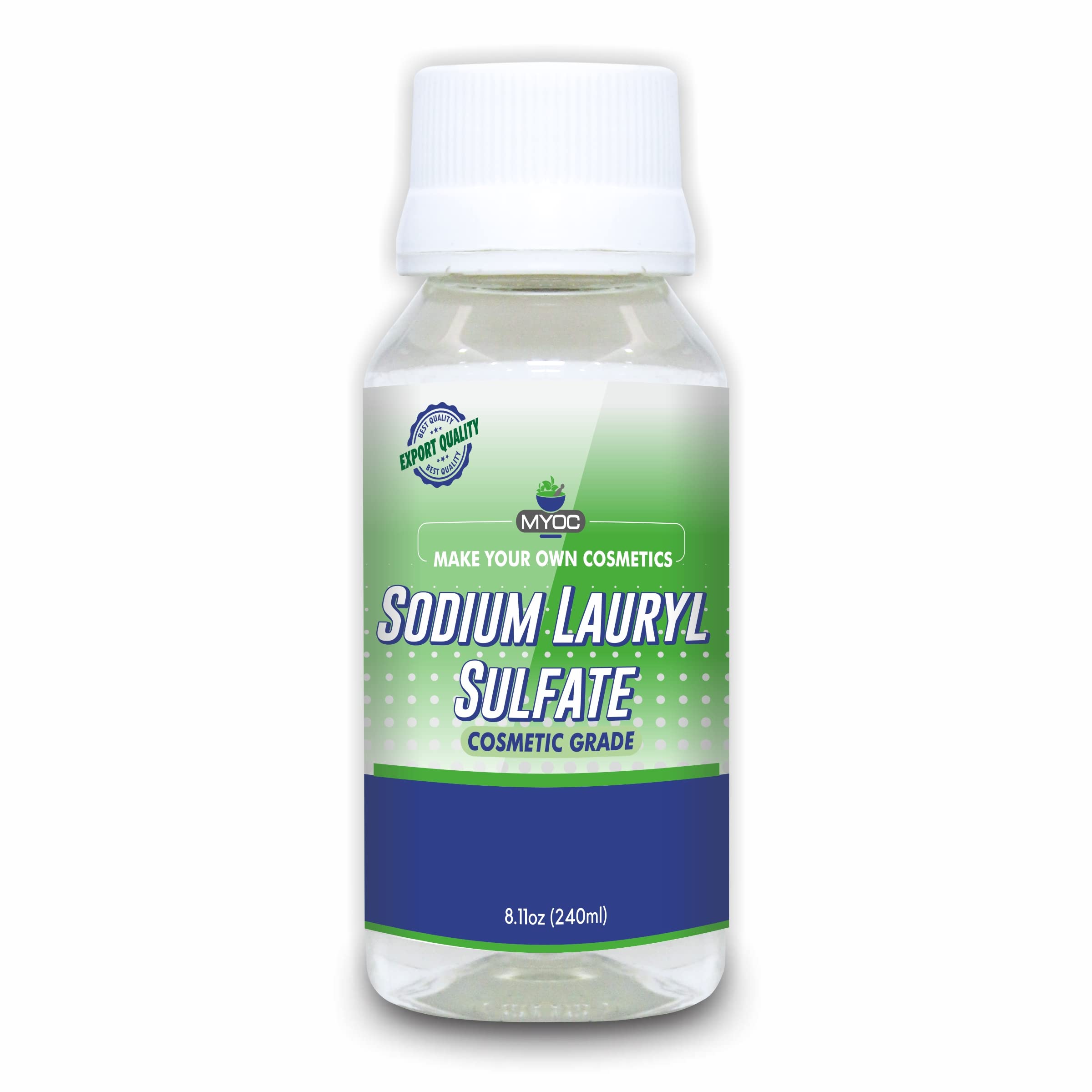
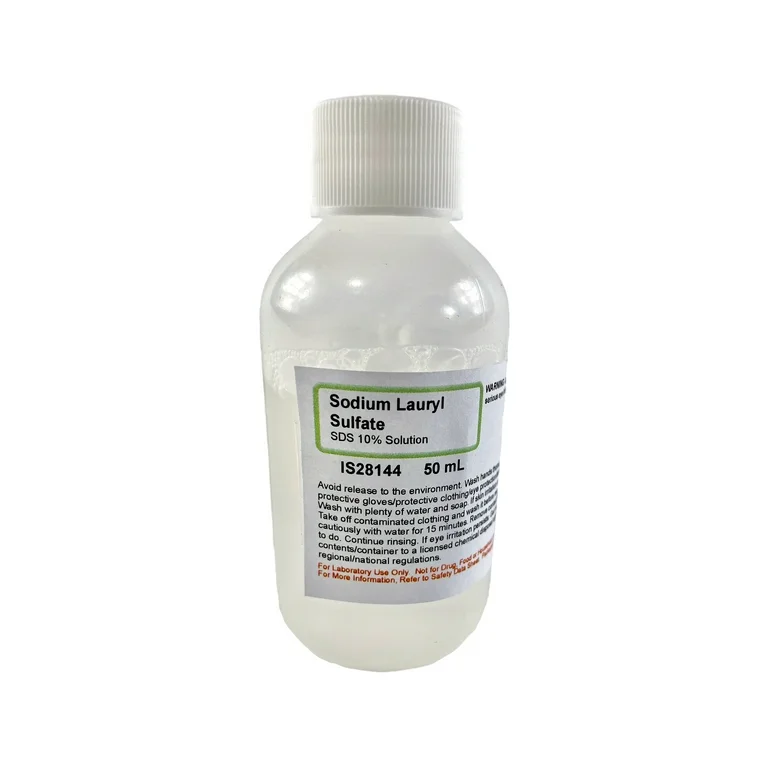
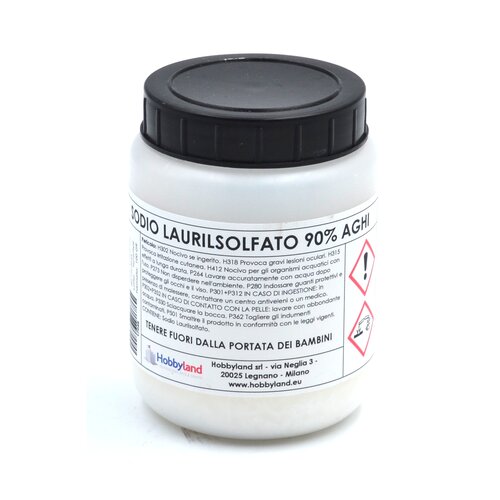


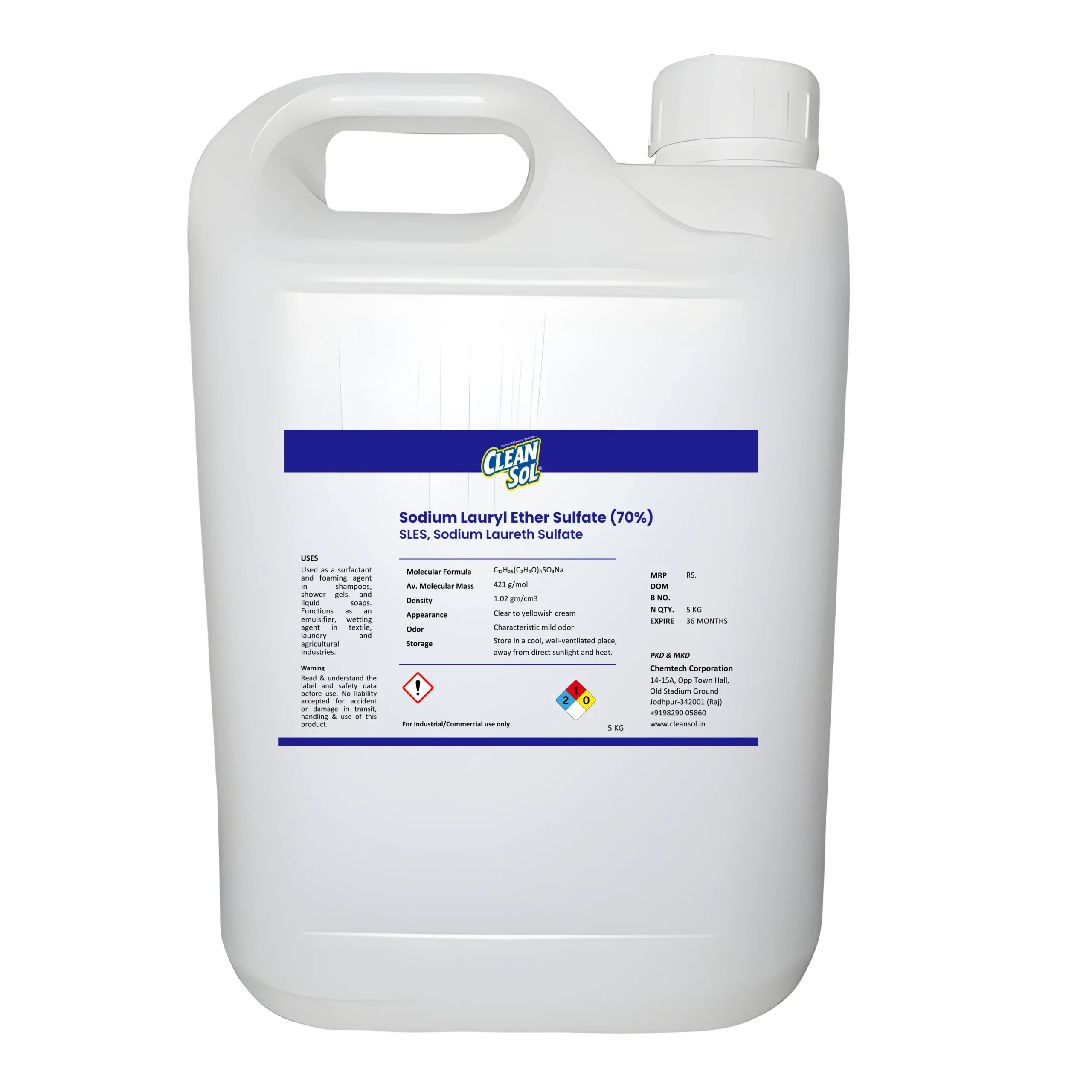


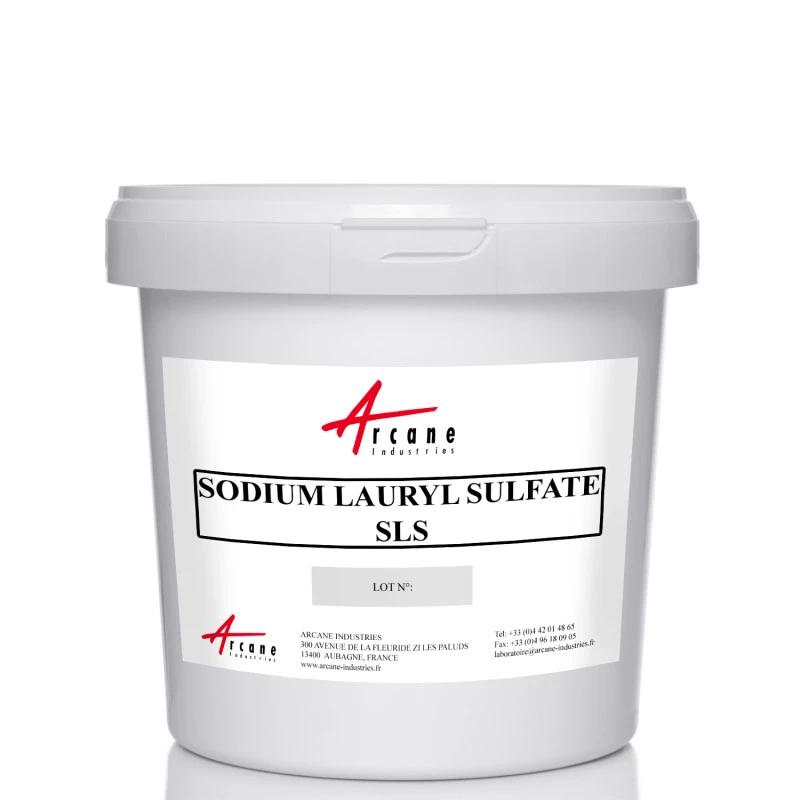





Reviews
There are no reviews yet.